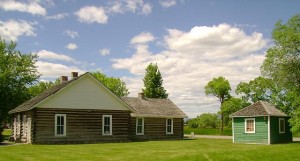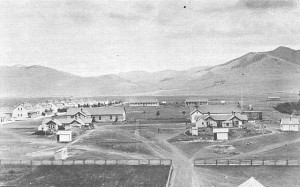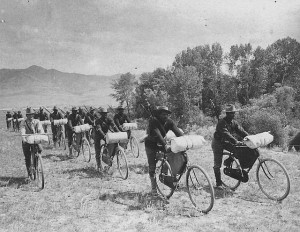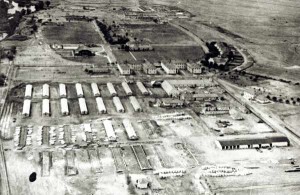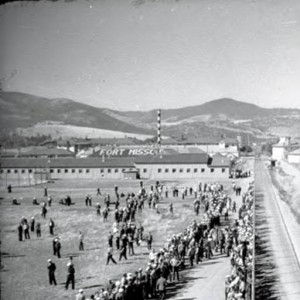For the first time the story of Fort Missoula has been told in a full-color, 144 page coffee-table book.
 It is wonderfully written and so interesting! Thank you for all of your efforts in compiling this information and photos and transforming it into such a beautifully written book!Thank you! – Debra Caffrey 01/04/2015
It is wonderfully written and so interesting! Thank you for all of your efforts in compiling this information and photos and transforming it into such a beautifully written book!Thank you! – Debra Caffrey 01/04/2015
“Excellent read. Very nicely done… Very, very interesting” – Dennis Nelson, Melbourne Florida
“compelling and fast-paced…the only comprehensive history of this unique and beautiful little post.” – Dr. Robert M. Brown, executive director of the Historical Museum at Fort Missoula
“…thoroughly researched, well organized chronicle of Fort Missoula… Complementing the book’s text are dozens of clearly reproduced photographs, many in color and most published for the first time. Two detailed, colored aerial view maps provide a clear picture of the fort’s property boundaries and the current location of every building on the grounds. The book also contains many fascinating “sidebars” describing fort-related buildings, people and events ranging from a visit by Mark Twain to Missoula’s first airplane flight to the museum’s beautifully restored streetcar.” – Don Spritzer for the Missoulian (read the full review here)
“Historian Gary Glynn tells the colorful story of the frontier military outpost at Fort Missoula in his new book, That Beautiful Little Post.” – State of the Arts, March/April 2014 (read the full review here)
The story of Fort Missoula features a complete account of the origins of the post in 1877, the encounter between two companies of the 7th Infantry and the Nez Perce under Looking Glass, White Bird, and Joseph at Fort Fizzle, the participation of the Fort Missoula garrison at the bloody battle of the Big Hole, and the subsequent construction of the fort by a battalion of the Third Infantry. The black 25th Infantry arrived in 1888, and the unit was best known for the Fort Missoula Bicycle Corps which rode to St. Louis in 1897. The fort was abandoned during the Spanish-American war, then was rebuilt in the early years of the 20th century. It was used as a training site during World War I, and as the regional headquarters of the Civilian Conservation Corps during the 1930s. During World War II the fort was turned over to the Immigration and Naturalization Service, which housed Italian and Japanese citizens there. By the end of the war the fort had become a prison camp for US Army soldiers convicted of crimes. Much of the fort was sold off after the war, but the army reacquired much of the land in order to form a training center for the National Guard and the Army Reserve. By the 1960s much of the fort was given to government agencies or sold off, yet the heart of the fort remains a treasured community asset occupied by museums, non-profit groups, playing fields, and golf courses.
$24.95 ISBN 9780983839026
Printed October 2013
 Follow these links to read more about Fort Missoula!
Follow these links to read more about Fort Missoula!
Bibliography of That Beautiful Little Post
Index of That Beautiful Little Post
Fort Missoula’s Post Headquarters (and former church)
